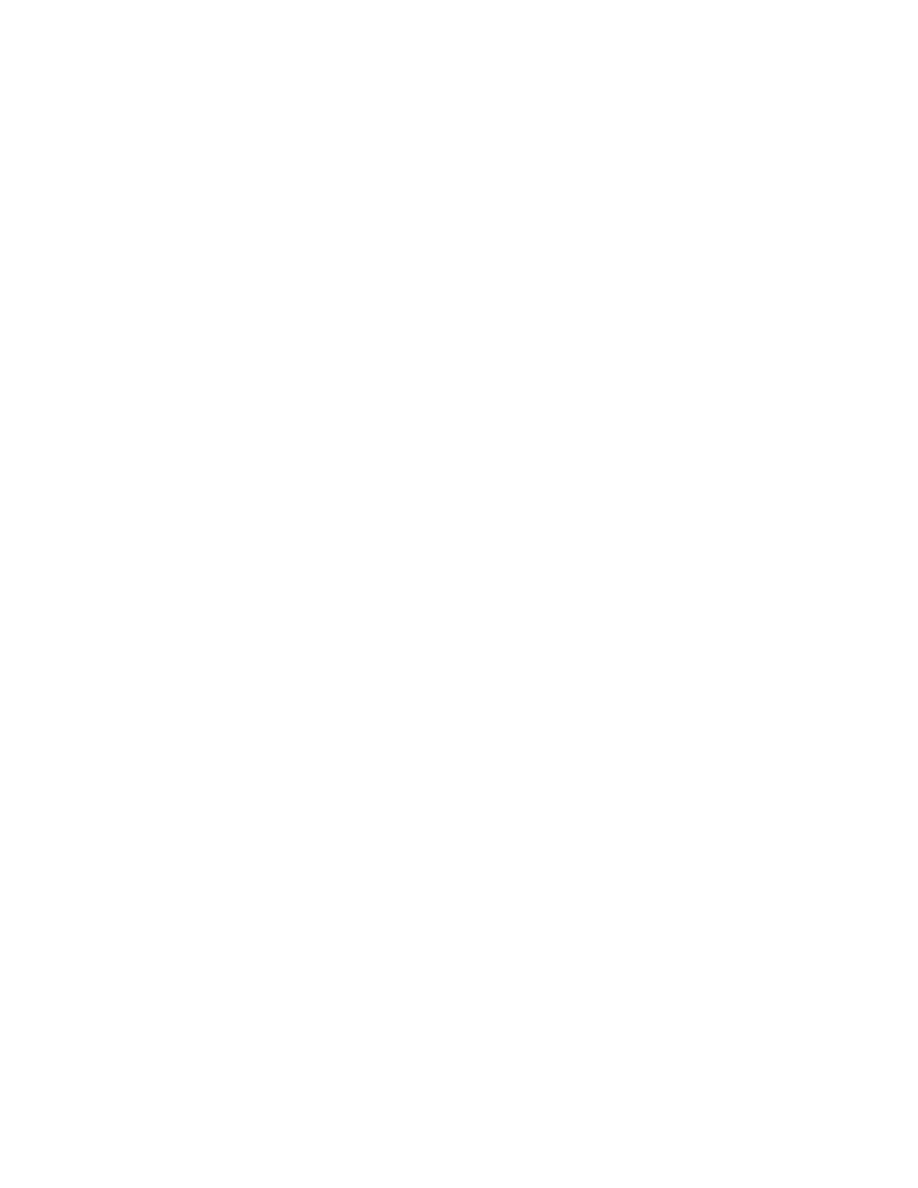Edge AWD V6-3.5L (2009)

Alignment: Description and Operation
Drift/Pull
Wheel Alignment Angles
NOTE: When making rear alignment adjustments, it is important to know that when adjustments are made to the rear toe, the rear camber will also be
adjusted (in the same direction as the toe adjustment). When making adjustments to the rear camber, the rear toe will also be adjusted (in the opposite
direction of the camber adjustment). It will be necessary to check the rear camber whenever rear toe adjustments are made and to check the rear toe
whenever rear camber adjustments are made.
Front toe is adjusted through the use of adjustable tie-rod ends. Front camber is adjusted through the use of the upper strut plate. Rotating the upper strut
plate 180 degrees will change the camber +0.4 degrees. Front caster is not adjustable on the vehicle. Rear toe is adjusted through the use of adjustable
toe link cams. Rear camber is adjusted through the use of a cam bolt that attaches the rear lower control arm to the rear subframe.
Drift/Pull
Pull is a tugging sensation, felt by the hands on the steering wheel, that must be overcome to keep the vehicle going straight.
Drift describes what a vehicle with this condition does with hands off the steering wheel.
-
A vehicle-related drift/pull, on a flat road, will cause a consistent deviation from the straight-ahead path and require constant steering input in the
opposite direction to counteract the effect.
-
Drift/pull may be induced by conditions external to the vehicle (for example, wind, road crown).
